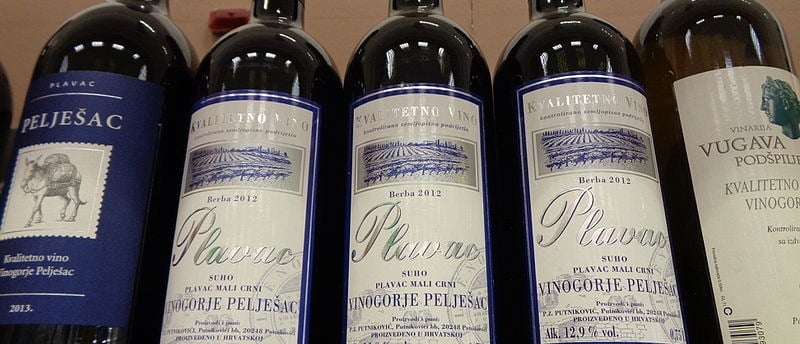Dubrovnik and Wine
A Love Affair Through the Centuries


Wine has always held a special place in Dubrovnik’s history — not just as a beverage, but as a vital part of its culture, economy, and diplomacy. The city’s relationship with wine stretches back more than a millennium, carefully shaped by laws, trade, and taste.
In the early days of the Republic of Ragusa (as Dubrovnik was once known), wine production was actually discouraged. Agricultural land was extremely limited, and the government prioritized the cultivation of grain to ensure food security for its citizens. Wine was seen as a luxury, and luxury had to wait.
But as the Republic’s maritime trade blossomed and wealth flowed into the city, priorities began to shift. Dubrovnik's merchants could afford to import grain from abroad — often from the Black Sea region — which freed up valuable land for vineyards. With that change came a transformation: wine was no longer just tolerated; it became celebrated.
Dubrovnik's wines earned prestige across the Mediterranean world. They became a sought-after commodity, a diplomatic gift, and a source of pride for the Republic. Vineyards stretched across the nearby Pelješac Peninsula and the island of Korčula, areas that remain iconic for wine production to this day.
Unfortunately, the Socialist era of Yugoslavia brought with it a very different philosophy. Under the communist regime, the focus shifted from quality to quantity. The government demanded mass production, primarily for export to other Eastern Bloc countries. The unique character and finesse of local wines suffered under this industrial approach — wine became just another product, stripped of its story.
But history, much like good wine, has a way of maturing with time.
Since Croatia’s independence in the 1990s, the region has experienced a true wine renaissance. Passionate vintners returned to their roots, rediscovering ancient techniques and cultivating native grape varieties with care and pride. Today, the Dubrovnik area produces some of the finest wines in Croatia — and, many would argue, the entire Adriatic region.
The standout red? Dingač, grown on the steep, sun-drenched slopes of the Pelješac Peninsula. This bold, full-bodied wine is often regarded as Croatia’s finest. It’s made from the Plavac Mali grape — a variety that is genetically related to California’s Zinfandel, its more famous “descendant.” If you’re a wine lover, tasting Plavac Mali in its original home is a must.
Don’t overlook the whites either. The island of Korčula is the birthplace of Pošip, a crisp, aromatic white wine that pairs perfectly with seafood and sunshine. Dry, minerally, and refreshingly Mediterranean, it’s a local favorite — and soon to be yours too.
Interestingly, a recent global report ranked Croatia third in the world for per capita wine consumption, just behind the microstates of Andorra and the Vatican. While some of that might be thanks to locals who enjoy their glass (or two), it's also a testament to the surge in quality and the growing number of tourists eager to sample our wines.
So when you’re in Dubrovnik, take the time to sip slowly. You're not just enjoying a drink — you're tasting a thousand years of history in a single glass.
Živjeli! (That’s "cheers" in Croatian.)
